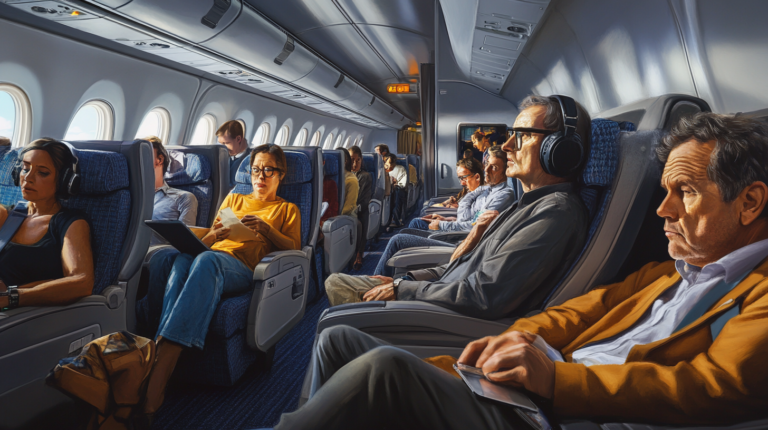Hardside vs Softside Luggage: Which Is Right for Your Travels?
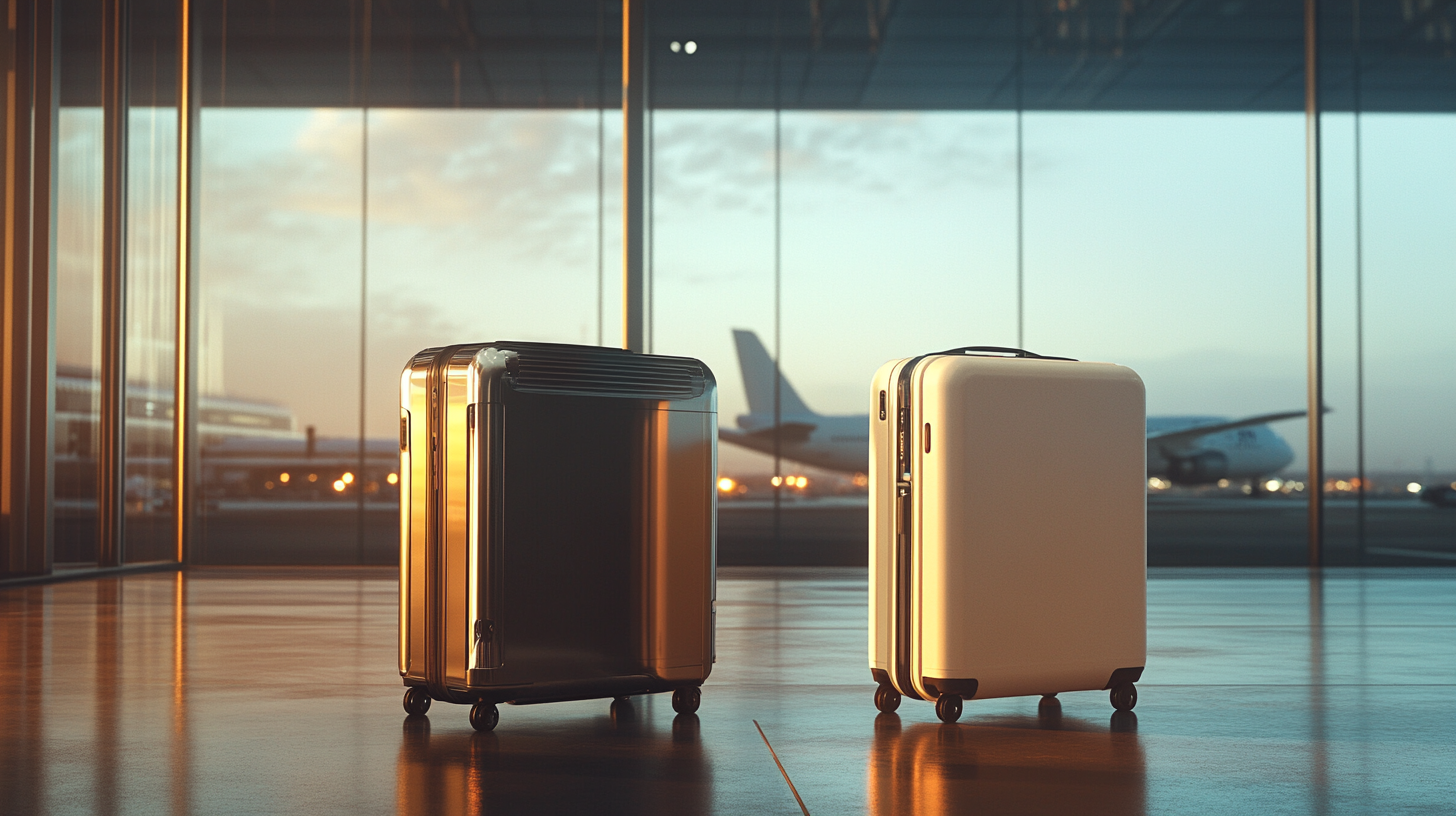
Journeying across the globe or embarking on a weekend getaway requires reliable luggage that meets your specific needs. Imagine standing in the luggage aisle, surrounded by a myriad of options, pondering whether to choose a sleek hardside suitcase or a flexible softside bag. The choice between hardside and softside luggage is more than just a matter of style; it’s about finding a travel companion that aligns with your packing habits, destinations, and personal preferences. This comprehensive guide delves deeper into the pros and cons of each type, equipping you with the knowledge to select the perfect luggage for your next adventure. Understanding the nuances between hardside and softside suitcases, akin to insights from Expert Tips on Luggage Selection for Every Traveler , will ensure you’re well-prepared for your journey.
Understanding Luggage Materials
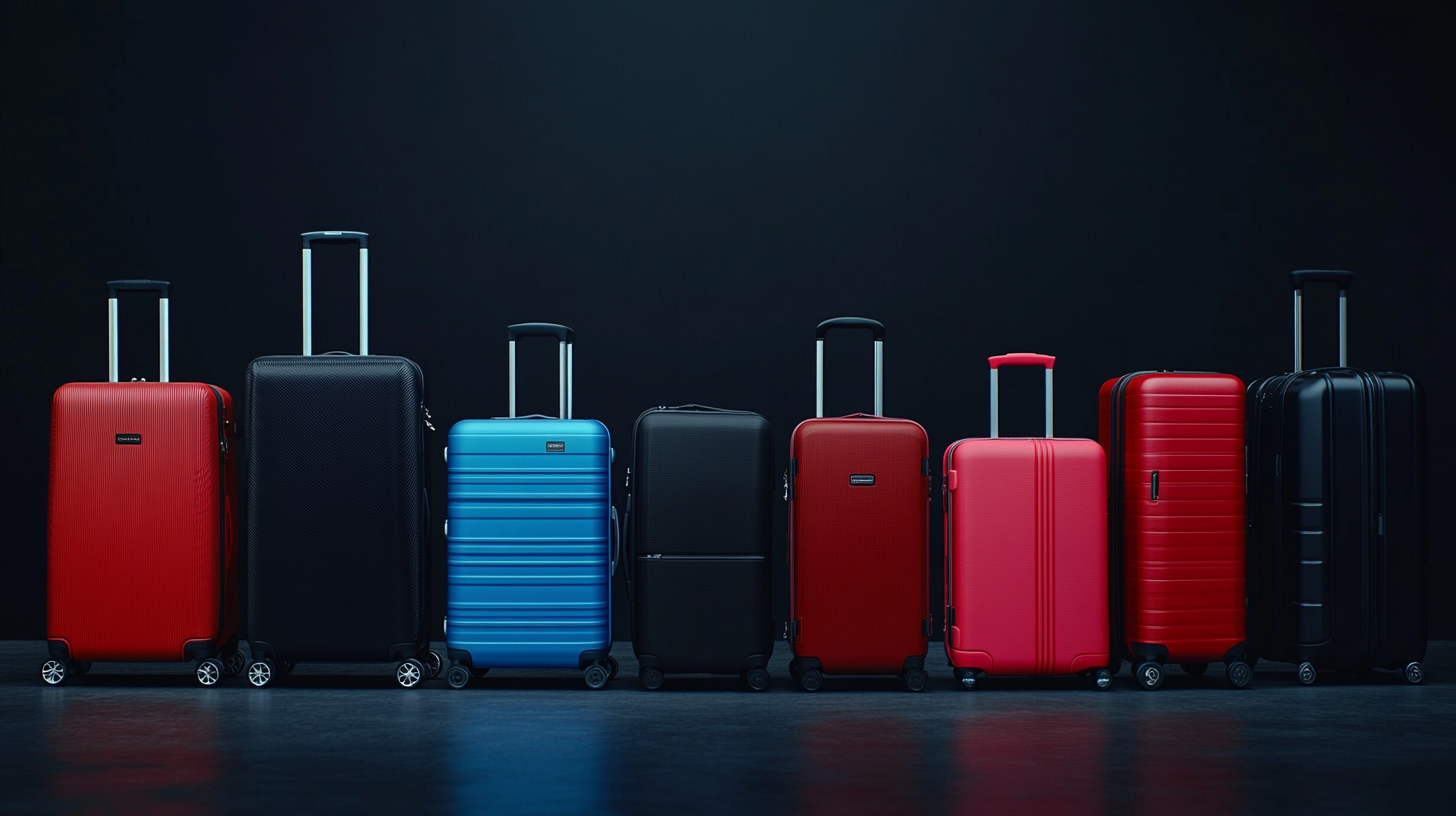
Before diving into the comparison of hardside and softside luggage, it’s crucial to grasp the materials that form the backbone of these travel companions. The choice of material not only affects the durability and weight of your suitcase but also influences its functionality and suitability for different types of travel. Knowing what’s available helps in making an informed choice that matches your travel style and budget, ensuring your luggage stands up to the demands of your journeys. Let’s explore the common materials used in constructing hardside and softside luggage.
Hardside Luggage Materials
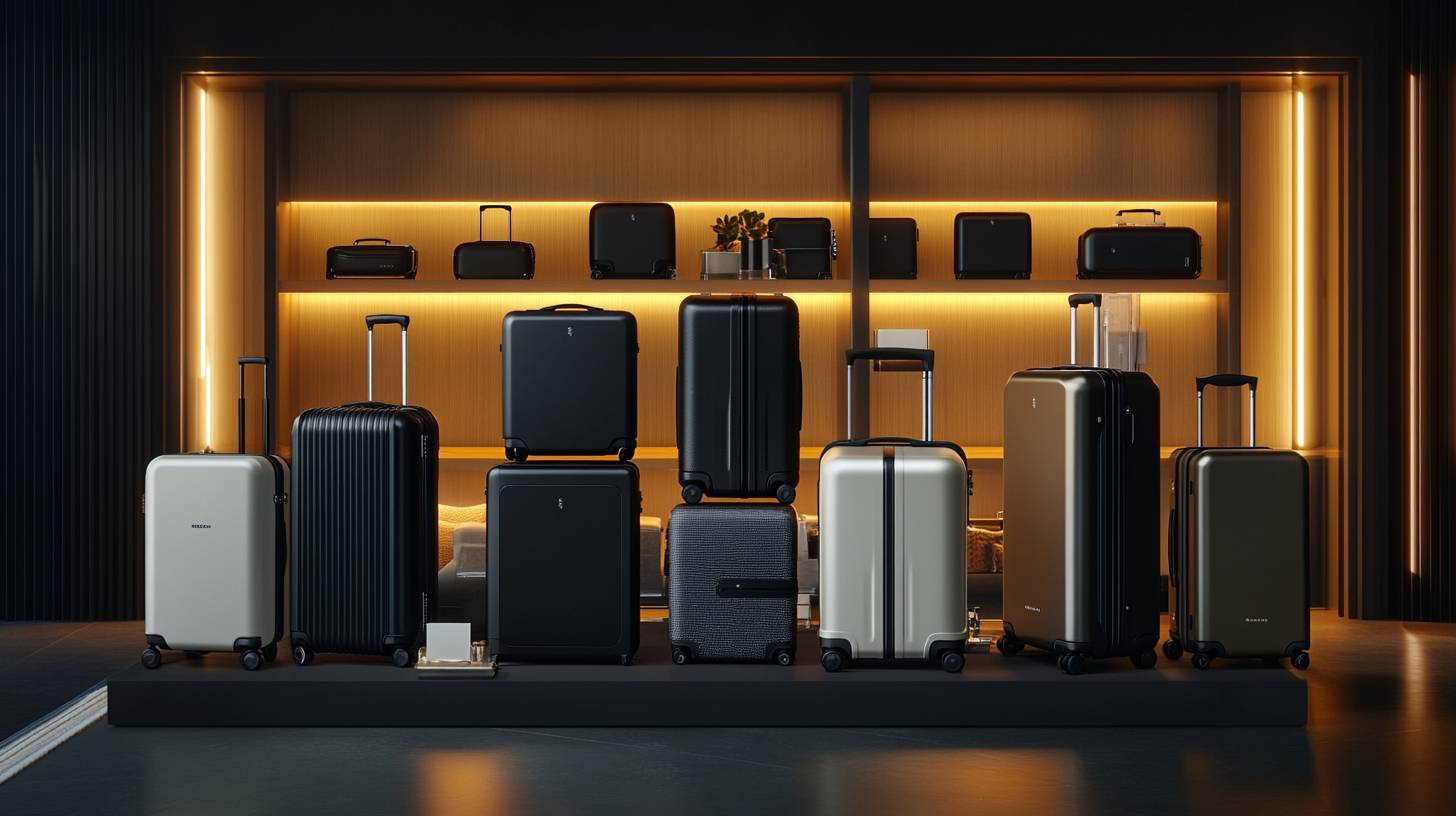
- Polycarbonate: A popular choice for premium luggage due to its exceptional durability and flexibility. Polycarbonate shells can absorb impact by flexing when under heavy stress, thus reducing the chances of cracks. Its lightweight nature makes it ideal for travelers looking to maximize their packing capacity without exceeding weight limits.
- Polypropylene: Known as the lightest plastic used in hardside luggage, polypropylene is also highly resistant to chemical stress. This material offers a balance between strength and weight, making it suitable for those who prioritize easy handling without compromising too much on durability.
- ABS (Acrylonitrile Butadiene Styrene): A thermoplastic polymer that is less expensive and lighter but not as durable as polycarbonate or polypropylene. ABS is often combined with other materials to enhance its strength. It’s an affordable option for occasional travelers or those on a budget.
- Aluminum: The hallmark of luxury and durability, aluminum luggage is incredibly sturdy and provides excellent protection for contents. The metal shell is resistant to extreme temperatures and harsh conditions. However, the added weight and higher cost make it more suitable for travelers who need maximum protection and don’t mind the extra heft.
Softside Luggage Materials
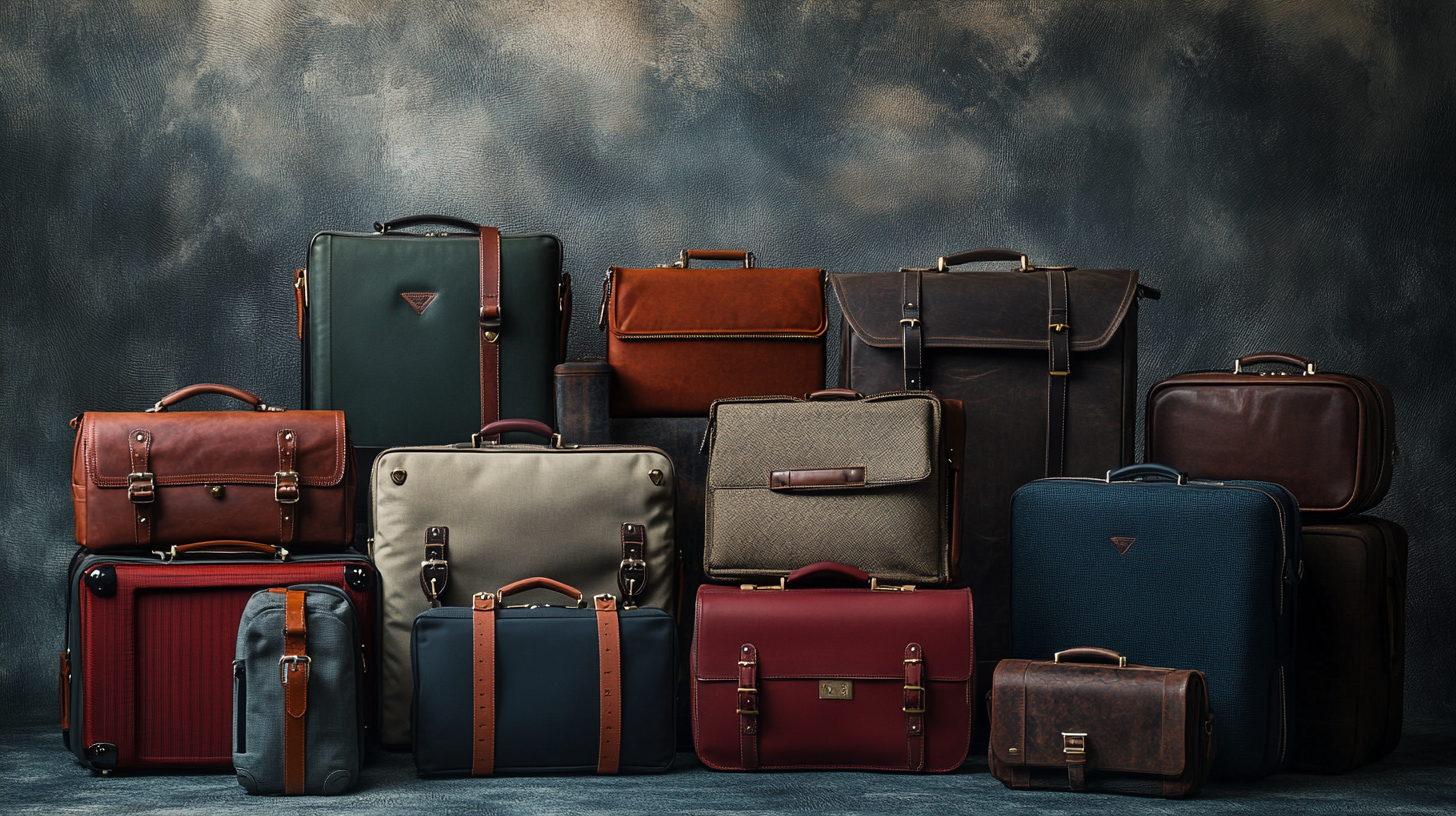
- Nylon: A synthetic fabric lauded for its superior strength and elasticity. Ballistic nylon and Cordura are two types commonly used in high-end softside luggage. The durability is often measured in denier ratings—the higher the number, the thicker and more durable the fabric. Nylon’s abrasion resistance and ability to withstand wear and tear make it a preferred choice for frequent travelers.
- Polyester: An economical alternative to nylon, polyester fabrics are lightweight and come in various weaves and finishes. While less durable than nylon, advancements in polyester technology have improved its strength and appearance. It’s a common material in mid-range luggage, offering decent durability at a lower price point.
- Canvas: Traditionally made from cotton, canvas is prized for its heavy-duty nature and vintage appeal. Modern canvas luggage may be blended with synthetics for enhanced durability and water resistance. It’s flexible and can handle overstuffing, making it ideal for casual or adventure travel where ruggedness is desired over sleek looks.
Pros and Cons of Hardside Luggage
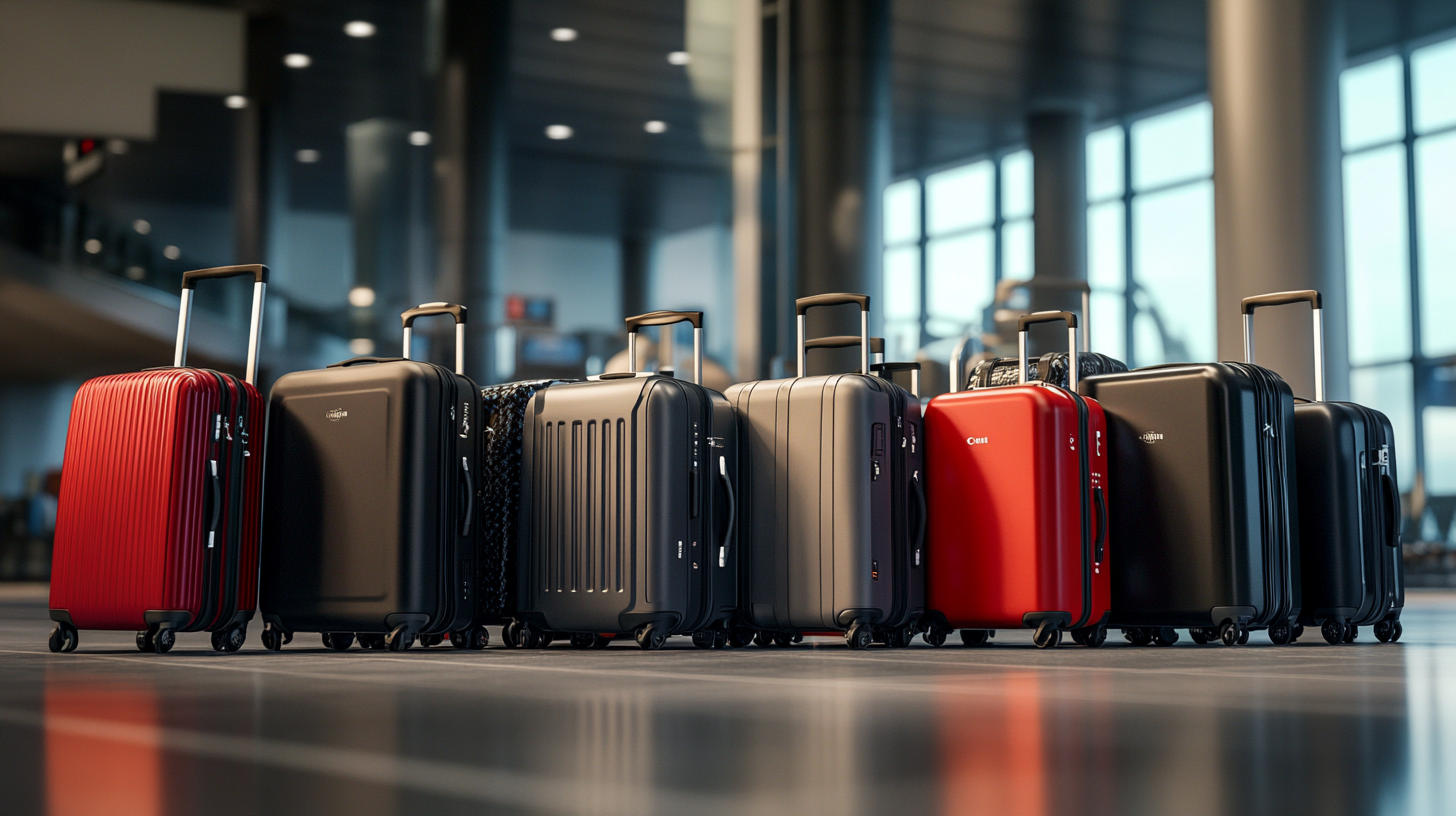
Pros
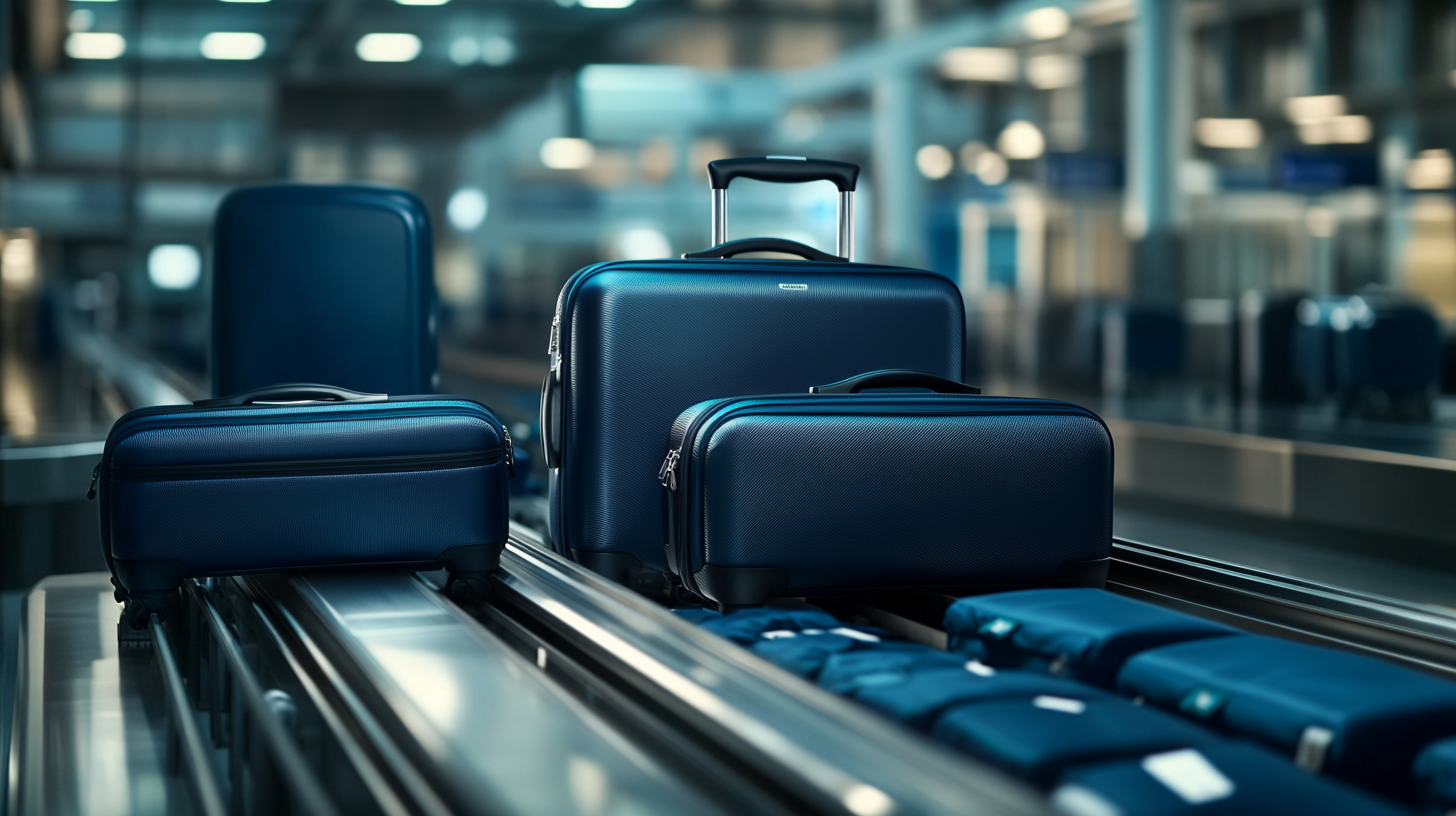
- Enhanced Protection: Hardside suitcases provide a rigid frame that safeguards valuables and fragile items. For instance, if you’re carrying delicate electronics or souvenirs made of glass, the sturdy shell reduces the risk of damage during transit. This makes hardside luggage ideal for transporting breakables across long distances, as detailed in Protecting Fragile Items While Traveling .
- Weather Resistance: The solid exterior offers superior resistance against rain, snow, and other harsh weather conditions. Unlike fabric, the hard shell doesn’t absorb water, keeping your belongings dry even if your luggage is exposed to the elements, such as during unexpected rain showers on the tarmac.
- Security: Hard shells are less susceptible to tampering and theft. Since they cannot be easily slashed or punctured, thieves find it more challenging to access the contents without noticeable damage. Many hardside suitcases also come with integrated TSA-approved locks, enhancing security, as highlighted in Choosing Secure Travel Luggage with TSA Locks .
- Sleek Design: Often featuring a modern, streamlined appearance, hardside luggage appeals to travelers who prefer a stylish look. The hard shell can be molded into various shapes and finishes, offering options from glossy metallic shades to matte textures, allowing you to express personal style while traveling.
Cons
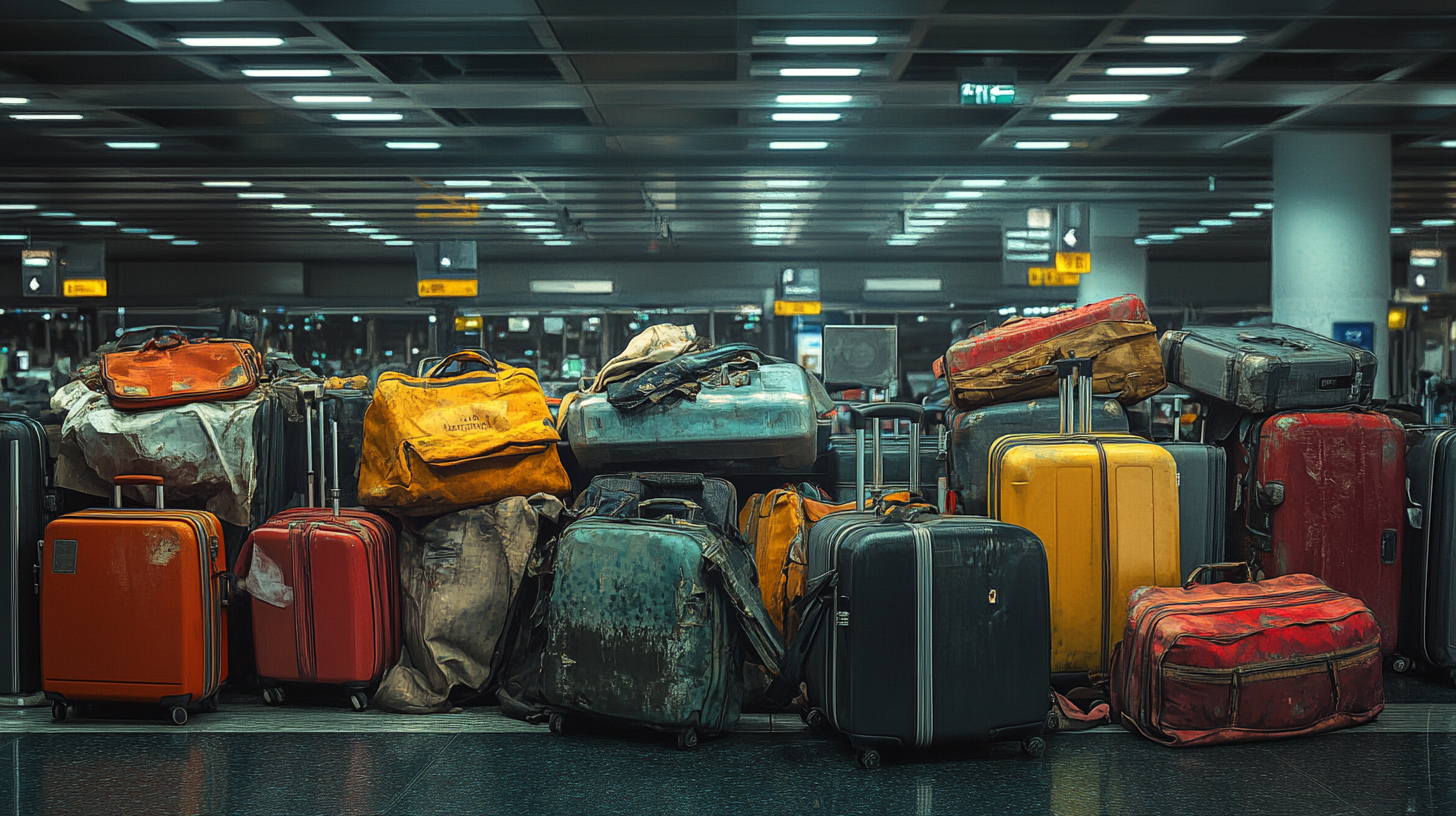
- Scuffs and Scratches: The rigid exterior, while protective, can easily show marks, scratches, and dents from rough handling. Airlines are notorious for being tough on checked luggage, and the pristine look of a hardside suitcase may not last after multiple trips. These cosmetic damages, though often superficial, might be bothersome for those who prefer their luggage to maintain a like-new appearance.
- Lack of Flexibility: The inflexibility of hardside luggage can make fitting into tight spaces challenging. When trying to squeeze your suitcase into a packed car trunk or an overhead compartment with limited space, the rigid structure doesn’t offer any leeway. This can be inconvenient, especially during peak travel seasons when storage space is at a premium.
- Limited External Access: Hardside suitcases typically lack exterior pockets, which means quick access to essentials like passports, boarding passes, or reading materials is not possible without opening the entire suitcase. For travelers who value convenience and need to access items on the go, this can be a significant drawback, as discussed in Efficient Packing Tips for Frequent Flyers .
- Heavier Weight: Generally heavier than their softside counterparts, especially when made from materials like aluminum. The additional weight can lead to exceeding airline weight limits, resulting in extra fees. For those who pack heavily or travel on airlines with strict baggage weight restrictions, this is an important consideration.
Pros and Cons of Softside Luggage
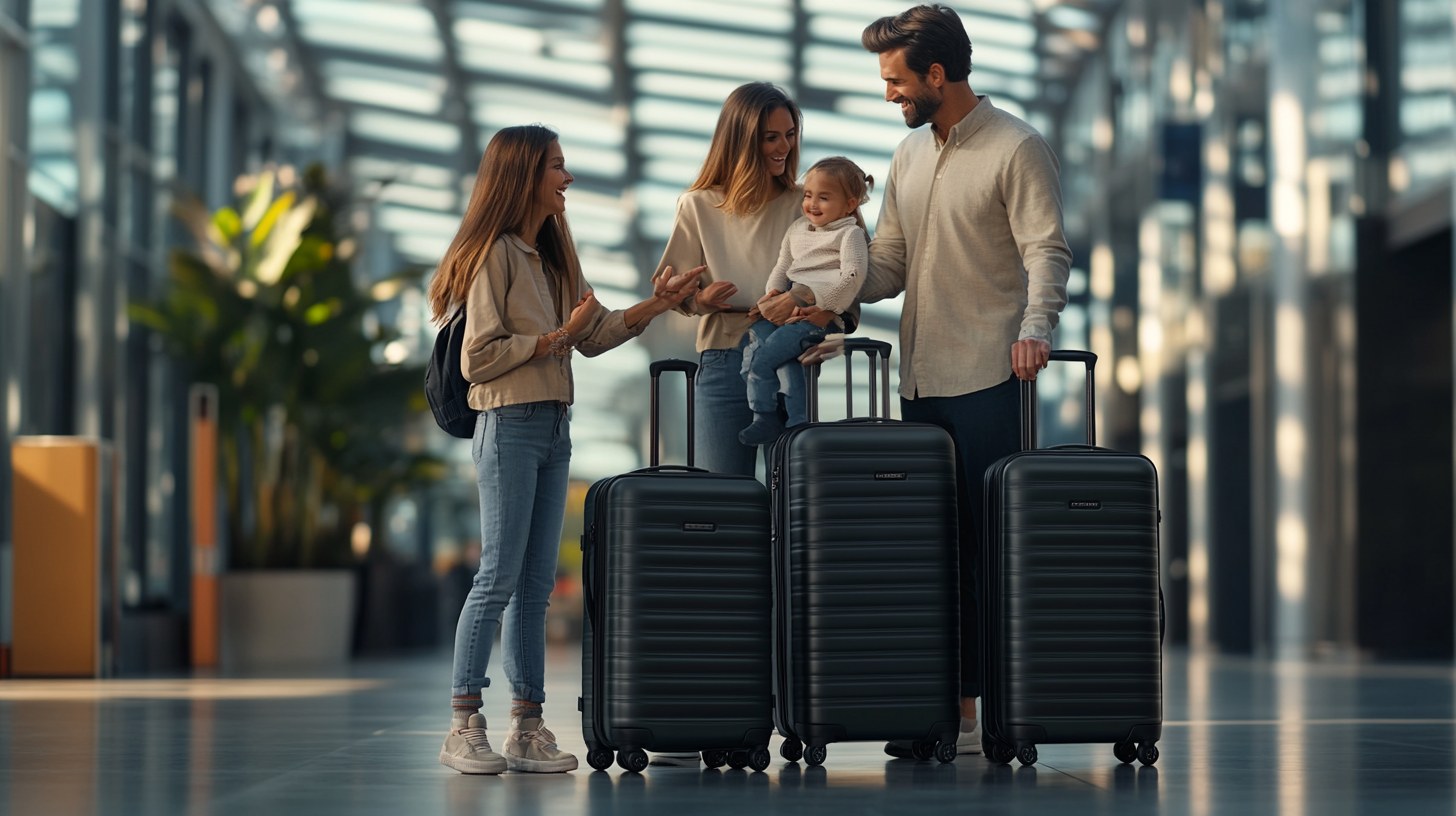
Pros

- Flexibility: Softside luggage can expand and fit into tight spaces more easily. For travelers who frequently use public transportation, such as buses or trains where storage spaces vary, the pliability of softside bags is a significant advantage. It also allows for that extra souvenir or outfit without worrying about space constraints.
- External Pockets: Offering additional storage with exterior pockets, softside luggage provides convenient access to travel documents, electronic devices, or toiletries. This feature is particularly beneficial during security checks or while in transit, making it easier to grab essentials without unpacking the entire bag, as emphasized in Maximizing Carry-On Convenience with Smart Packing .
- Lightweight: Often lighter than hardside luggage, softside options ease the burden during transit. This can be especially beneficial when navigating through airports, climbing stairs, or when weight limits are strict. The reduced weight allows for packing more items without exceeding airline restrictions.
- Absorbs Impact: The flexible material can absorb impacts better, reducing the risk of internal damage. Instead of cracking under pressure, the fabric gives way, which can protect contents from the bumps and knocks common during travel.
Cons

- Less Protection: Softside luggage, while flexible, offers less structural protection for valuables. Delicate items may be at a higher risk of damage if not properly cushioned or packed. The fabric construction is also more prone to tears and abrasions over time, especially if the luggage is frequently subjected to rough handling.
- Vulnerability to Weather: Being less resistant to water, softside luggage can soak through in heavy rain or snow. Unless treated with a water-resistant coating or equipped with a rain cover, the contents of the bag may become damp or damaged in wet conditions. This poses a challenge for travelers visiting destinations with unpredictable weather.
- Security Risks: Easier for potential thieves to access, as the material can be slashed or punctured with sharp objects. Unlike hardside cases that provide a barrier against tampering, softside bags require extra vigilance and may benefit from additional security measures like Travel Security Accessories for Peace of Mind , such as lockable zippers or wire mesh lining.
Key Factors to Consider
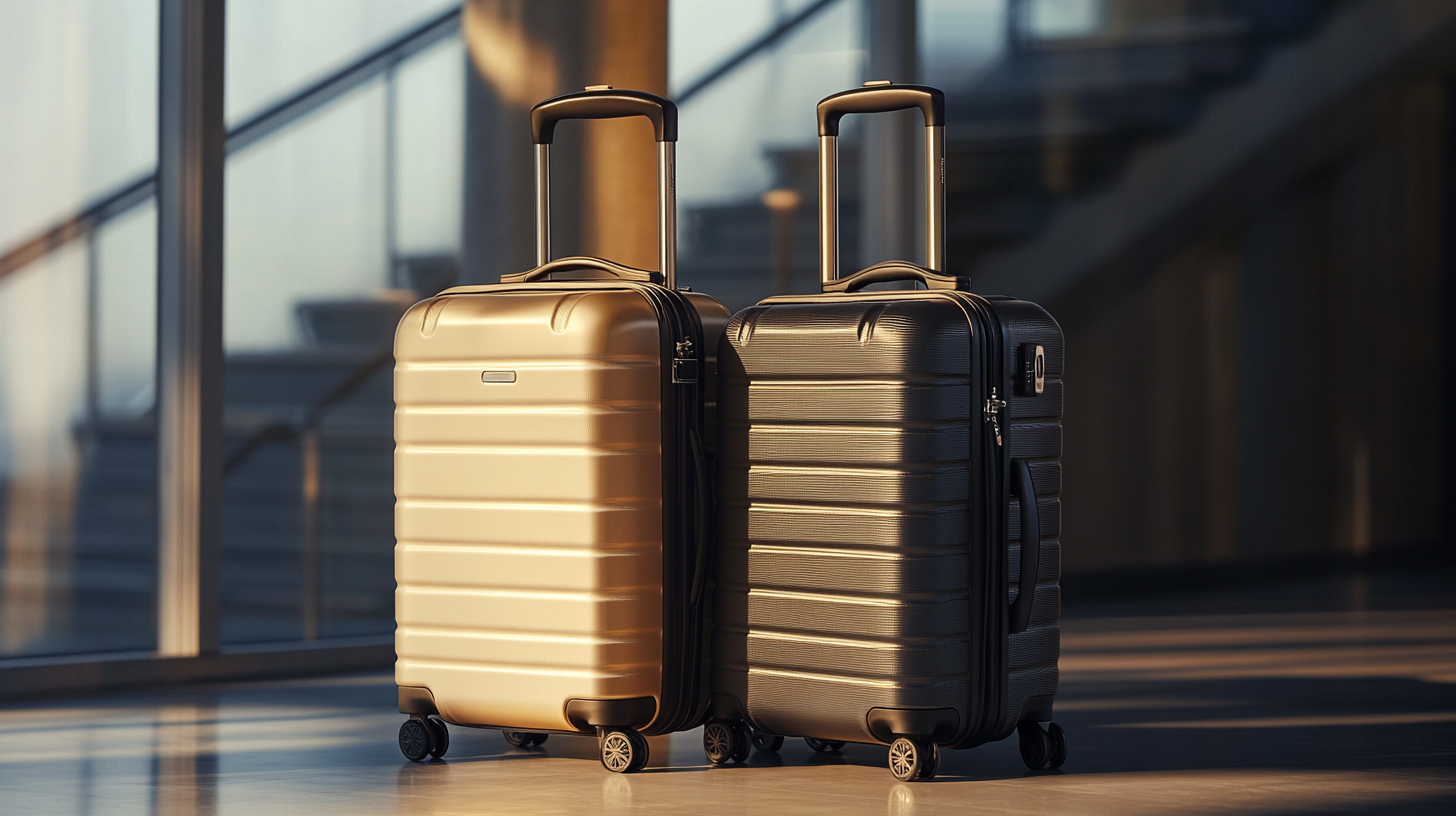
When deciding between hardside and softside luggage, consider the following factors:
Travel Needs
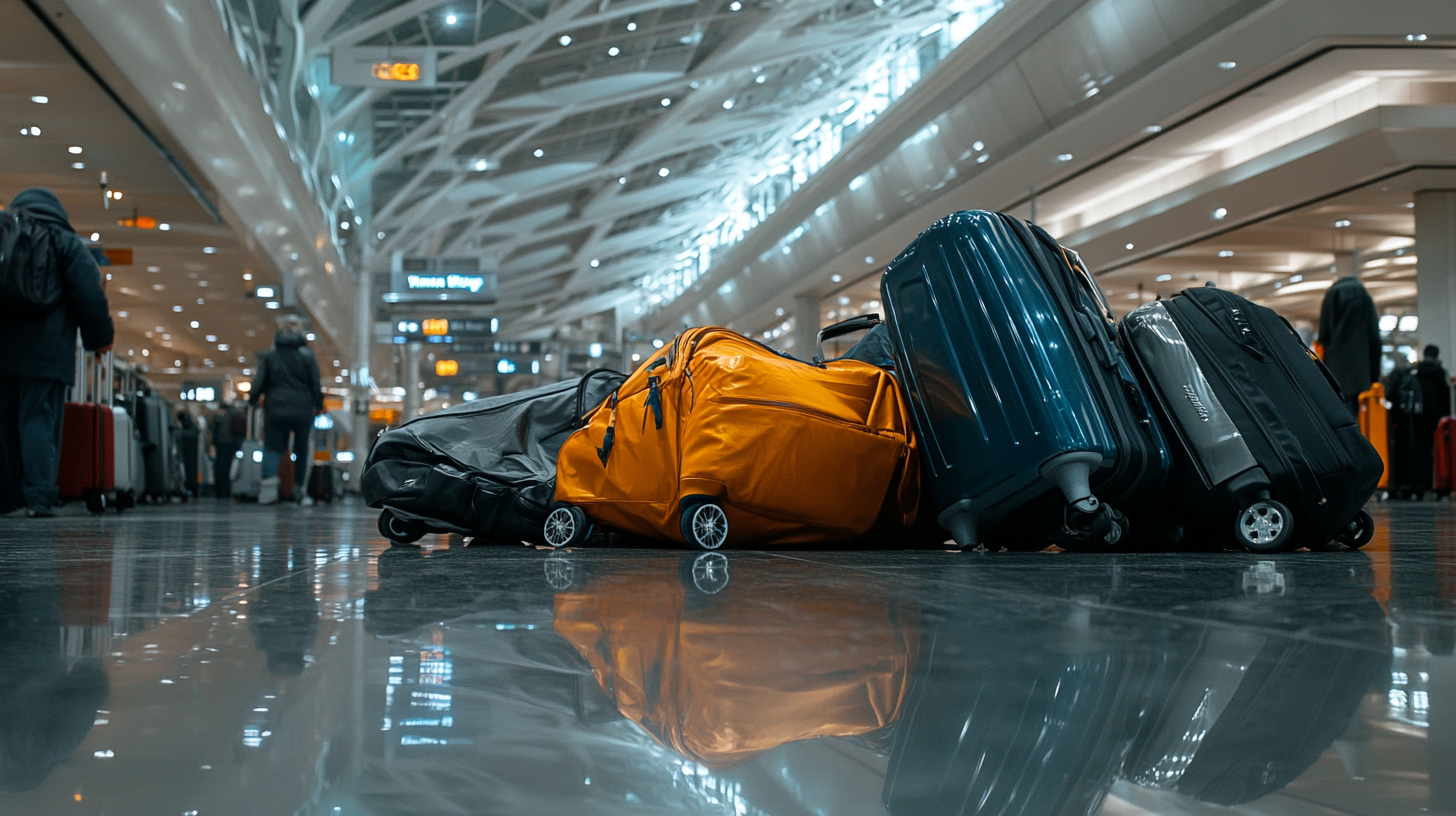
- Type of Items Packed: Assess the nature of the items you typically bring along. For photographers or business travelers carrying electronics and equipment, the rigid protection of hardside luggage is beneficial. Conversely, if your packing list includes mostly clothing and non-breakable items, softside luggage may suffice.
- Destinations and Accommodations: Consider the environments you’re traveling to. If visiting regions with inclement weather or embarking on trips where luggage may be handled roughly—such as safaris, cruises, or tours involving multiple transfers—hardside luggage provides peace of mind. Alternatively, for urban travel or destinations where you maneuver through narrow streets or use compact hotel rooms, the flexibility of softside luggage can be advantageous, as suggested in Traveling Light: The Benefits of Softside Luggage in Urban Environments .
Flexibility and Space
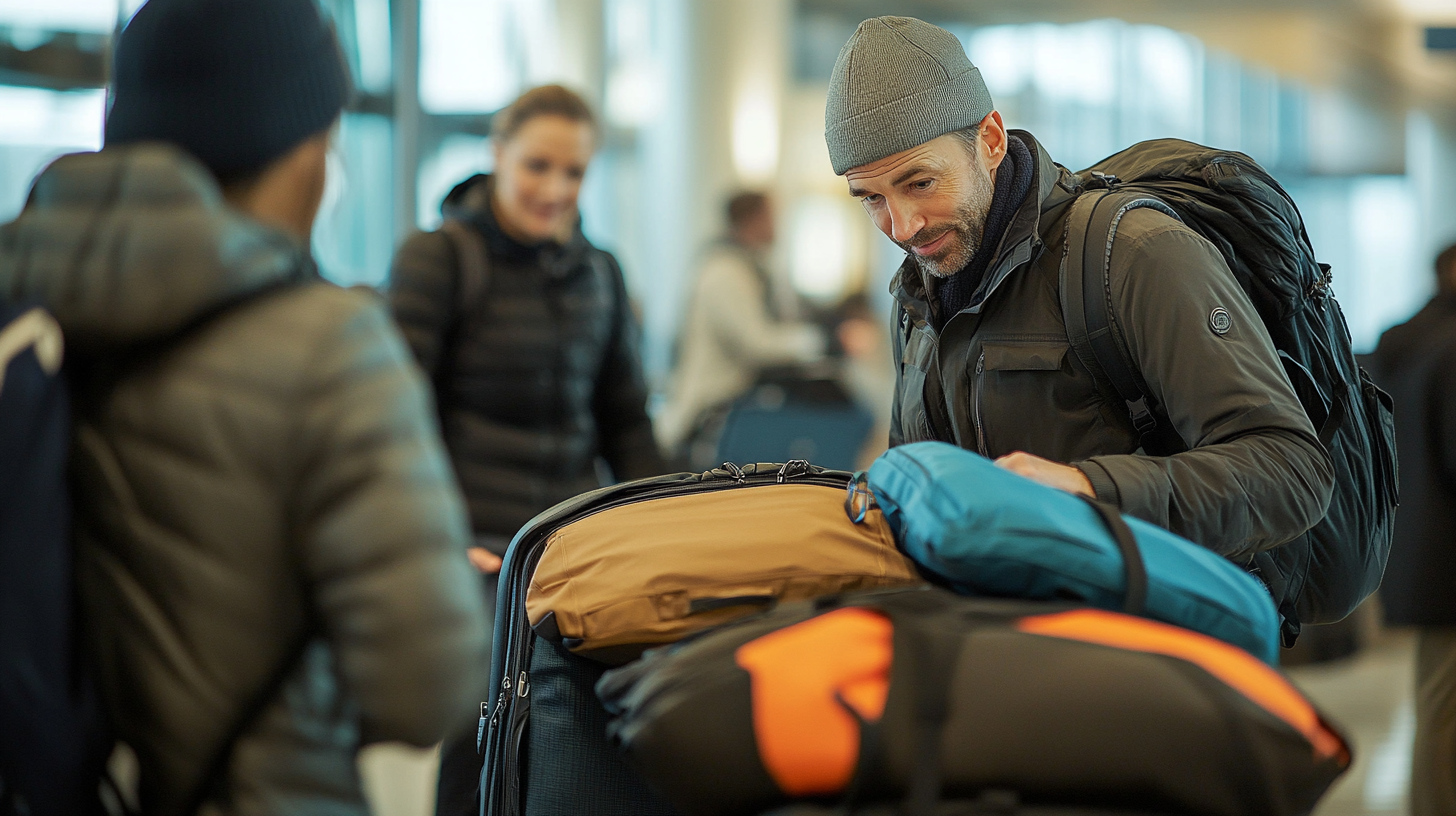
- Packing Flexibility: For travelers who tend to return with more than they left with, softside luggage provides an expandable option. This is ideal for those who enjoy shopping during trips or need to pack versatile items like jackets or shoes that may not fit neatly into rigid spaces. The ability to stretch and overpack can be a lifesaver when you need that extra room.
- External Storage: If external pockets are essential for your travel style—perhaps you like to keep travel documents, snacks, or toiletries within easy reach—softside luggage offers multiple compartments. This feature streamlines your travel experience by organizing items you need quick access to, reducing the need to open the main compartment frequently, as outlined in Organizing Your Luggage for Hassle-Free Travel .
Durability and Weight
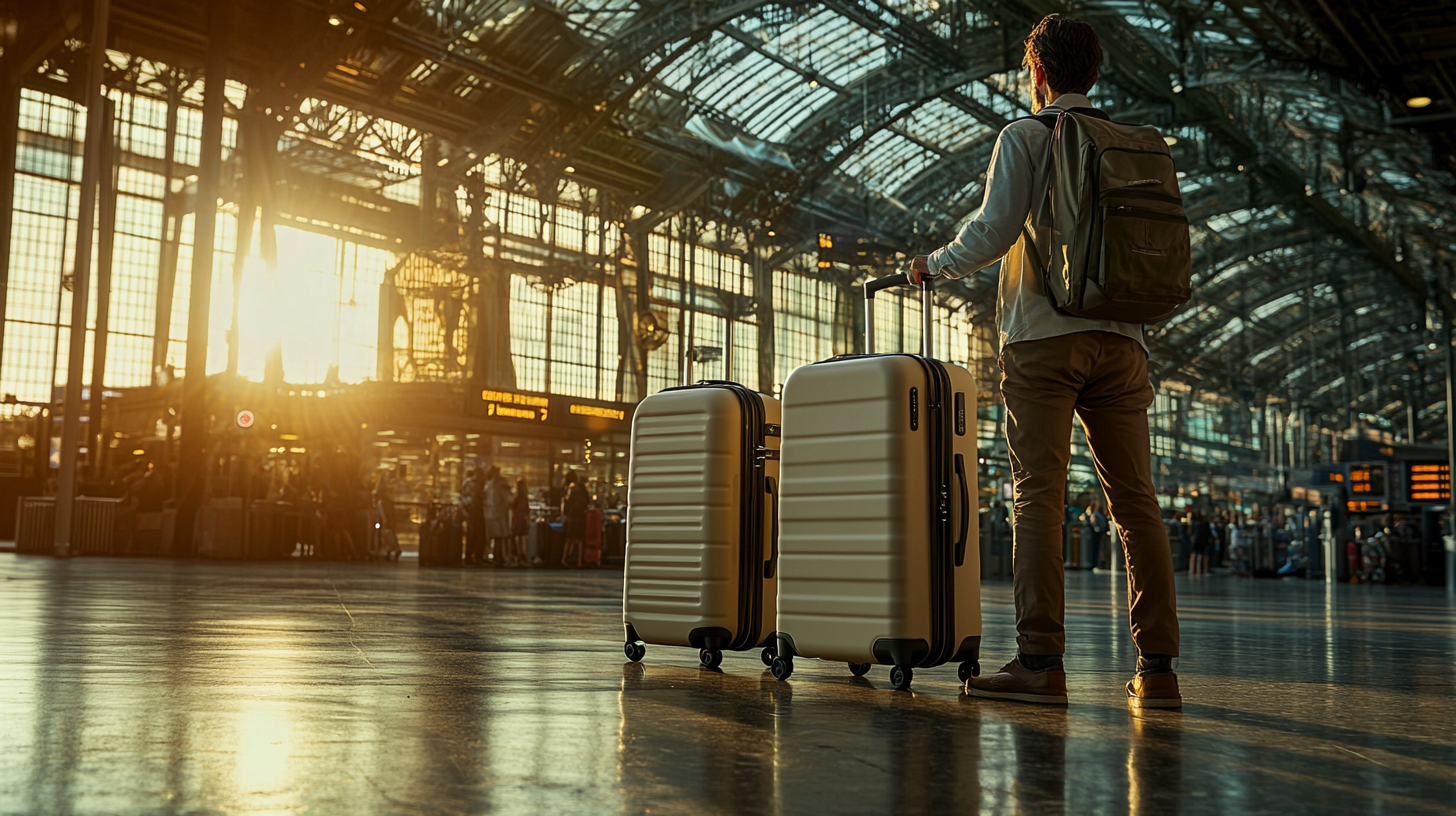
- Material Strength: When durability is a priority, especially for frequent travelers, hardside luggage constructed from materials like polycarbonate or aluminum provides robust protection. These materials can withstand the rigors of constant travel, maintaining their integrity over time. Investing in durable luggage can be cost-effective in the long run, reducing the need for frequent replacements.
- Weight Considerations: If weight limits are a concern, softside luggage’s lighter construction can be advantageous. Airlines often impose strict weight restrictions on both checked and carry-on bags, and excess weight can lead to hefty fees. Opting for a lighter bag allows you to pack more personal items without surpassing airline limits, which is crucial for budget-conscious travelers or those on extended trips, as discussed in Avoiding Airline Baggage Fees with Smart Packing Strategies .
Security and Protection
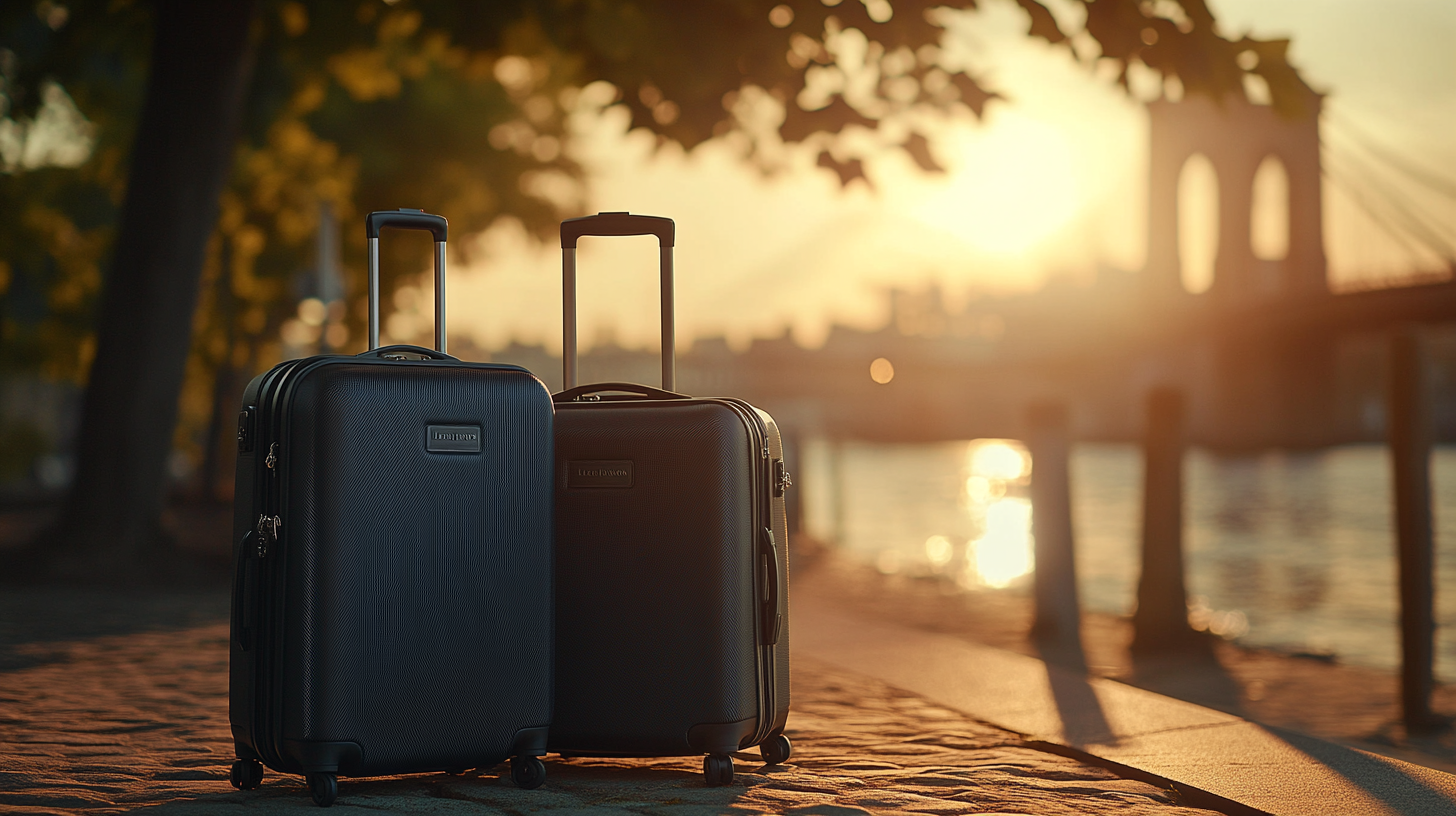
- Theft Prevention: Hardside cases, with their solid exteriors and integrated locks, offer an added layer of security. For travelers passing through areas known for luggage tampering or theft, such as crowded airports or bus stations, this can be a critical factor. The inability to easily access hardside luggage without force acts as a deterrent to would-be thieves.
- Weather Resistance: Protection against the elements is vital when luggage may be exposed to rain, snow, or humidity. Hardside luggage, by virtue of its non-absorbent materials, prevents moisture from seeping in, safeguarding your belongings. This is particularly important when carrying items sensitive to moisture, like electronics or important documents, as highlighted in Protecting Your Electronics While Traveling in Wet Climates .
Recommendations Based on Travel Type
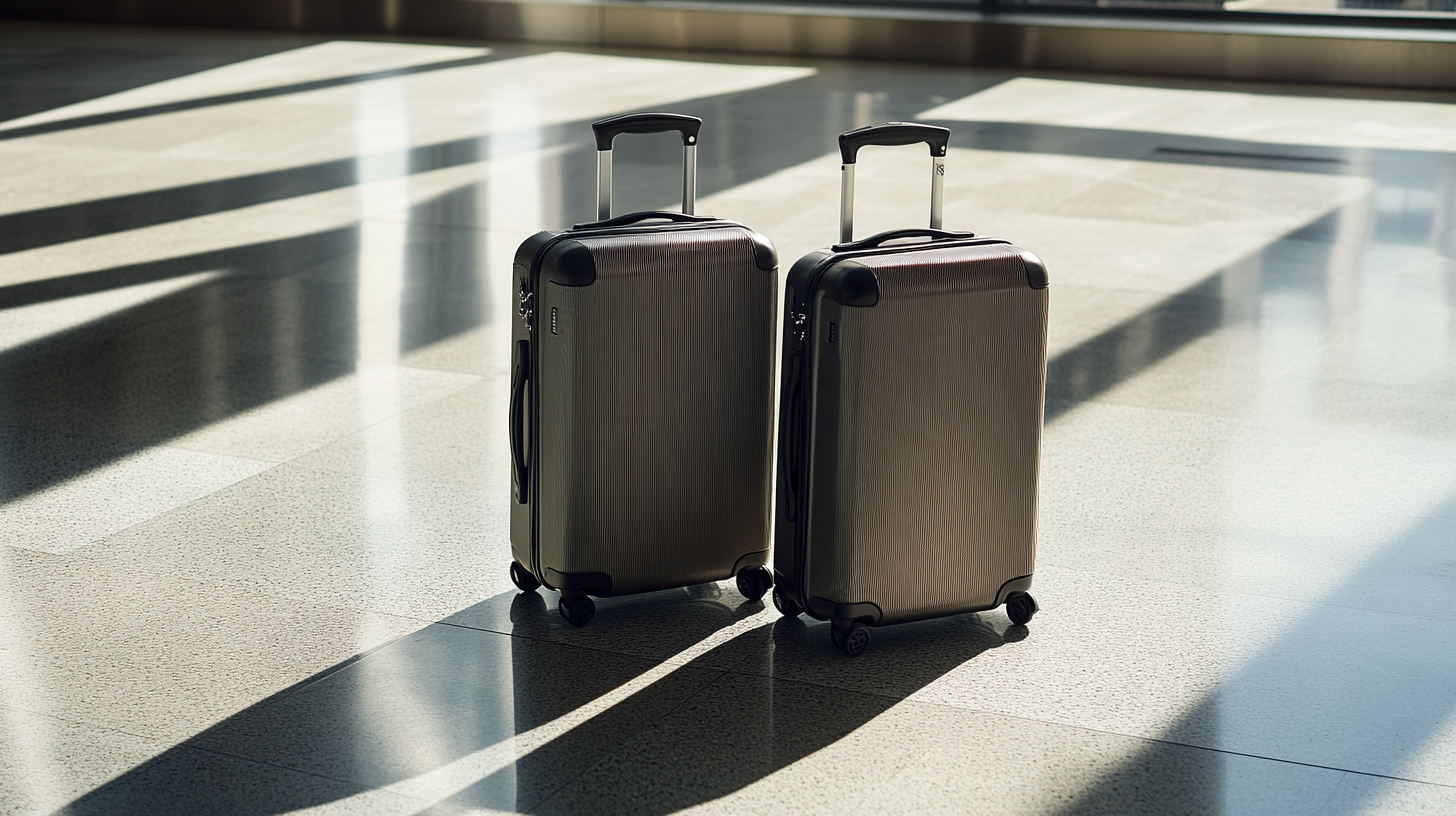
For Checked Bags
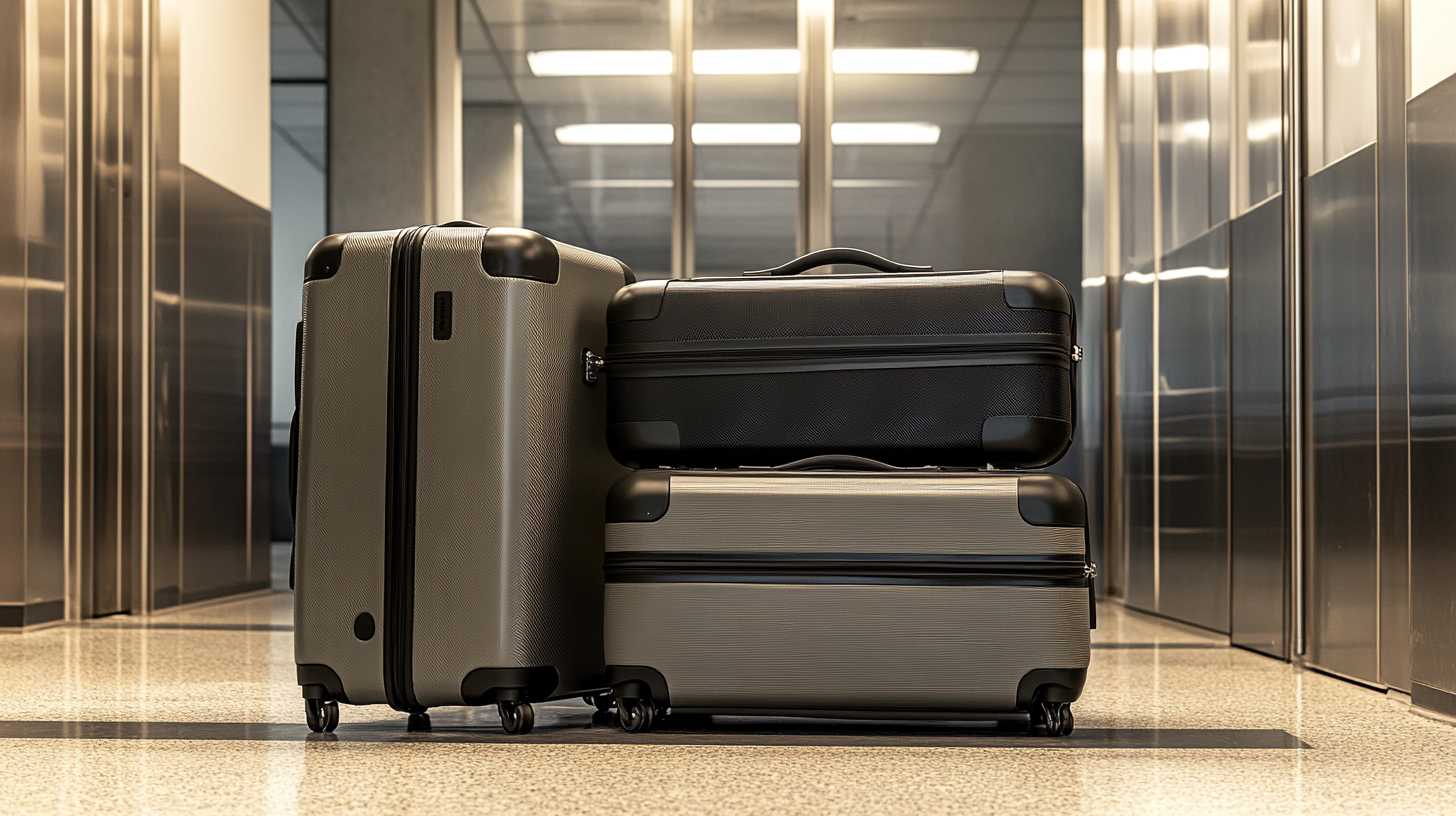
When it comes to checked luggage, durability and protection take precedence. Hardshell suitcases are recommended because they can endure the rough handling often experienced in cargo holds and during transfers. Airlines are not always gentle with bags, and a hardside suitcase is better equipped to resist impacts, compression, and stacking without compromising the contents. For travelers checking in belongings that are valuable, fragile, or critical to their trip, investing in a robust hardshell suitcase is wise, echoing the advice in Essential Gear for Safe Checked Baggage .
For Carry-On Luggage

For carry-on luggage, the ability to maneuver and adapt to limited space is key. Softside luggage may be advantageous due to its flexibility; it can be squeezed into tight overhead compartments or under seats, accommodating varying aircraft sizes and configurations. Additionally, the external pockets on softside carry-ons allow travelers to access items during the flight without opening the main compartment, enhancing convenience. This adaptability aligns with recommendations found in Best Carry-On Practices for Stress-Free Flights .
Final Thoughts
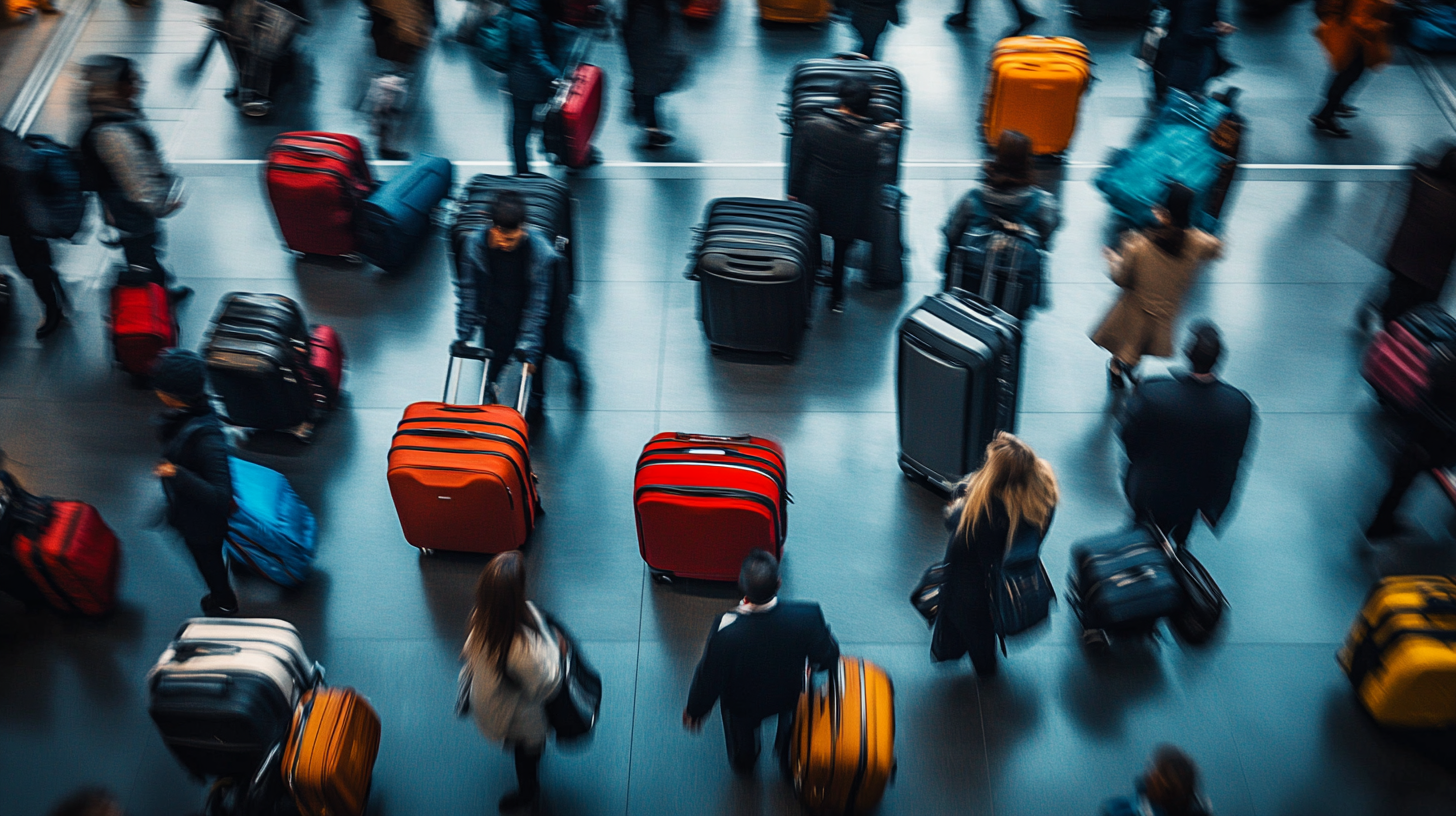
The choice between hardside and softside luggage ultimately depends on a blend of factors unique to your travel habits. Reflect on the nature of your trips—are you heading to rugged terrains, bustling cities, or luxurious resorts? Consider the items you typically pack and whether they require extra protection or flexibility. Assess the transportation methods you’ll use and the weather conditions you might face.
By thoughtfully weighing the pros and cons outlined in this guide, and perhaps consulting Comprehensive Checklist for Selecting Travel Luggage , you can select the luggage that not only meets but enhances your travel experience. The right luggage serves as a reliable companion, safeguarding your belongings and allowing you to focus on the adventures that await.
Follow us back to Seat 5A for more travel tips and insights.




